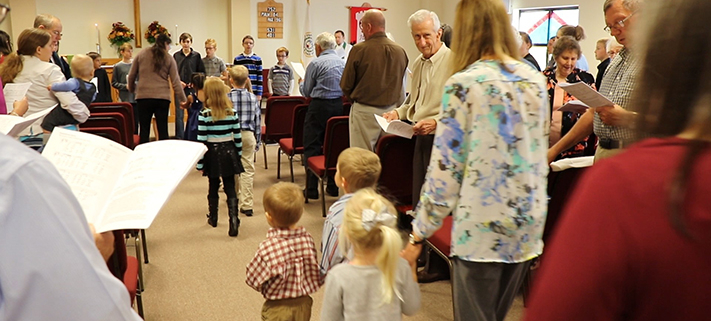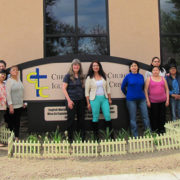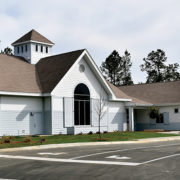Merging for the Mission
“We would love to start a new program, but there’s no room in the budget.”
“We would love to double the size of this event, but our volunteers are tired and unmotivated.”
“We would love to inject some life into the leadership, but finding willing men for the council is proving more difficult every year, so the same few leaders just swap chairs again.”
There are many things a mission-minded congregation would love to do, but find a number of roadblocks in the way. The desire to carry out the mission is obvious, but the path forward isn’t always clear.
That was the case for two churches in suburban St. Louis. Only 5.6 miles from each other, the congregations had many things in common. Both had roughly 100-150 members. Both had 50-75 souls in worship each week. Both were served by young pastors. Both churches could have gotten by.
But getting by would mean that seemingly every dollar was going to debt repayment, rather than ministry opportunities. It would mean that volunteers had the energy to do the bare minimum, and not much more. So both churches began to ask questions like: Does getting by satisfy the mission? Is institutional survival the mission of the church? Would we be better off combining our efforts in some way?
What if we merged entirely – like two lanes on the highway becoming one?

The plan was simple. Double the pastoral staff. Double the leaders. Double the volunteers. Double the talents. Double the offerings – all while cutting the debt in half.
For two congregations in which debt was mounting, volunteers were losing zeal, and leaders were burning out, the path forward was clear. A “Merger Exploration Committee” was formed, comprised of six representatives from each congregation. These twelve Christians met almost every week for an entire summer planning, organizing, and prayerfully dreaming up what a new church would look like and how it could better carry out the mission. At the end of that summer, each congregation voted to approve the recommendations, which included:
- Forming one, new congregation with a new name and identity
- Moving into one building and selling the other property
- Keeping both pastors

Faith & Fitness Camp – Kids from the community learned about the importance of physical strength and the spiritual strength that we find in Christ
Thus, Christ Alone Lutheran Church in Dardenne Prairie, Missouri was born. Neither church closed. Neither was absorbed. Both made a conscious, strategic decision to do more than just get by – more than survive – but to merge for the mission.
As we approach our one-year anniversary, most things have gone according to our simple plan. But of course there have been speed bumps and detours along the way. We are currently served by only one pastor. We have not yet sold the other property (although there is reason for optimism there). Not everyone has agreed on the best direction forward.
But the Lord has proven his plans to be even greater than ours. We are not in survival mode anymore. We have seen more baptisms in the past 12 months than in any year in either congregation’s history. The same is true for confirmations, general offerings, Sunday School enrollment, Bible study attendance, and first-time contacts with prospects. We are proactive, rather than reactive.
There’s room in the budget for new programs. Volunteers are energized and motivated. Leadership has found new life. We are not just getting by, but by God’s grace we are thriving.
Written by: Rev. Steve Waldschmidt, Christ Alone Lutheran Church – Dardenne Prairie, Missouri
Want to learn more about Multi-Site Ministry and how it can help your congregation and community thrive? Consider attending the WELS National Multi-Site Conference in Pewaukee, Wis. in November. Learn more at wels.net/multi-site-2018.
WELS Missions
Learn about the ministry work of WELS Missions.
SUPPORT MISSIONS
Support the ministry work of WELS Missions.
[fbcomments num=”5″]









